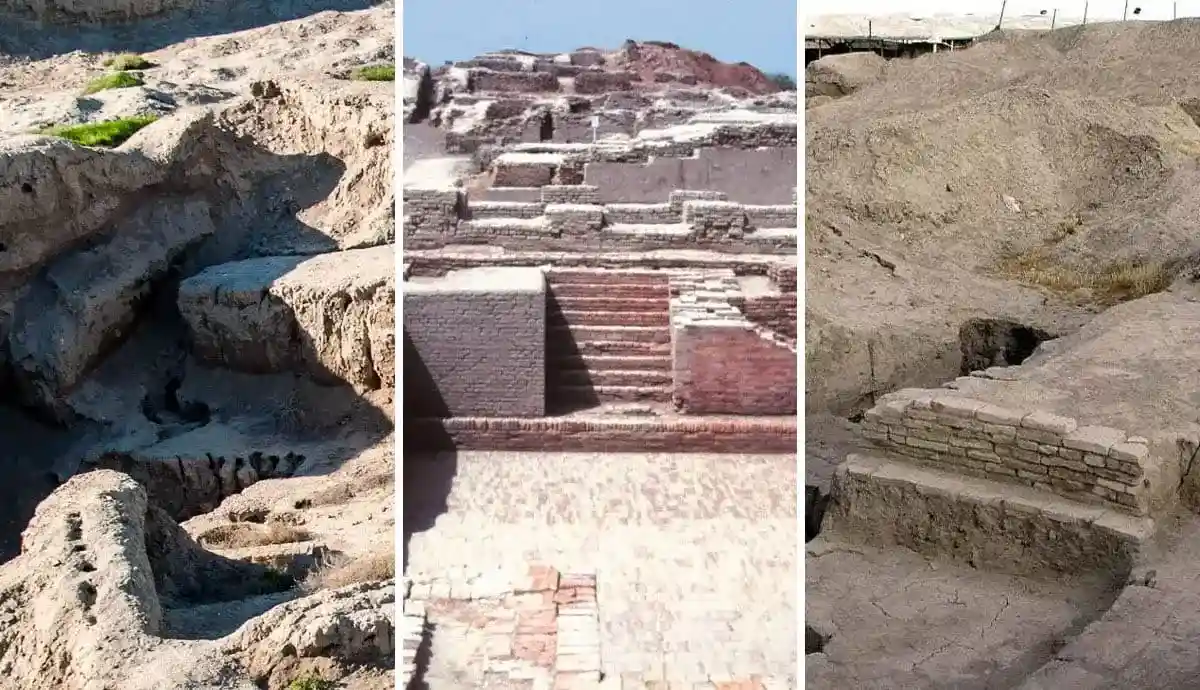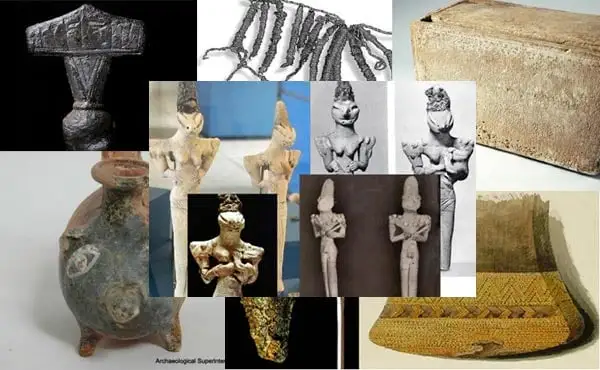The Archaeology of Indian Ocean Trade: Connecting the far-flung coasts of Africa, the Arabian Peninsula, South Asia, and Southeast Asia, the Indian Ocean has long been a hub of maritime trade and cultural exchange. Spanning thousands of years, the Indian Ocean trade network flourished from ancient to medieval times, creating a vibrant exchange of goods, ideas, and technology. Today, the archaeology of Indian Ocean trade provides fascinating insights into the economic and cultural landscape of ancient civilizations. This article explores the significance of the Indian Ocean trade routes, the archaeological evidence, and the impact of these ancient maritime connections on the development of the region.
Significance of Indian Ocean Trade Routes:

The geographical location of the Indian Ocean made it an ideal conduit for trade between East and West. The sea routes that connected India, Southeast Asia, China, and the Arabian Peninsula played a vital role in the exchange of goods such as spices, textiles, precious metals, and ivory. These trade routes were important not only for the economic prosperity of the regions involved, but also for the cultural and technological exchanges that took place along the coastline.
The Indian Ocean trade networks were also integral to the spread of major religions such as Buddhism, Islam and Hinduism. The merchants, missionaries and sailors who traversed these sea routes carried with them not only goods but also cultural and religious beliefs, creating a melting pot of diverse traditions.
Archaeological evidence of the Indian Ocean trade:
Archaeological discoveries have provided tangible evidence of the Indian Ocean trade, uncovering ancient ports, shipwrecks and remains of artifacts that paint a picture of past maritime exchanges. One of the most remarkable aspects of Indian Ocean trade archaeology is the evidence of trans-oceanic connections that existed long before the colonial period.
Ancient Ports and Settlements:
Excavations of ancient ports such as Aden (Yemen), Oxyrhynchus (Egypt), Muziris (India) and Malacca (Malaysia) have revealed sophisticated infrastructure used for loading and unloading goods. These ports, often located along the coast, served as hubs for trade where goods were exchanged from around the world. Evidence of warehouses, docks and granaries suggests that maritime trade was not simply a commercial endeavor but a well-organized system that facilitated the exchange of large quantities of goods.
Shipwrecks and Cargo of Indian Ocean Trade:

Underwater archaeology has uncovered numerous shipwrecks along the Indian Ocean coastline, providing invaluable insights into the types of ships used and the goods traded. One famous discovery is the Belitung Shipwreck, which was found off the coast of Indonesia and is believed to be a merchant ship from the 9th century. The cargo, which includes Chinese ceramics, silver ingots, and other luxury goods, highlights the extensive trade networks that existed during the medieval period.
Shipwrecks found across the Indian Ocean also reveal technological advances in ancient shipbuilding. Archaeological research has shown that seafaring communities developed sophisticated ship designs capable of navigating vast distances across open water. This enabled merchants to traverse the challenging waters of the Indian Ocean and establish trade links across continents.
Artifacts and cultural exchange:
Artifacts recovered from various trading centers provide a glimpse of the cultural diversity fostered by the Indian Ocean trade. Pottery, jewelry, textiles, and religious artifacts from different regions have been found in locations far removed from their origins. For example, Roman glass vessels have been discovered in the Indian subcontinent, while Indian textiles and beads have been found in Africa and Southeast Asia. These artifacts not only serve as evidence of trade but also reflect the mixing of cultures that resulted from this exchange.
Impact of the Indian Ocean Trade:
The trade networks of the Indian Ocean had a profound impact on the economic and cultural development of the regions involved. Coastal cities in Africa, India, and the Arabian Peninsula became thriving trading centers, supporting the growth of sophisticated urban centers. Long before the establishment of modern trade routes, these cities facilitated the growth of the global economy.
The Indian Ocean trade also encouraged technological advances, particularly in shipbuilding and navigation. Ancient sailors developed advanced techniques for reading stars and understanding the seasonal winds, which enabled them to navigate vast distances with remarkable accuracy.
The archaeology of the Indian Ocean trade is evidence of the interconnectedness of ancient civilizations and the far-reaching impact of maritime trade. Through the study of ancient ports, shipwrecks, and artifacts, we can gain a deeper understanding of the complexities of ancient trade, cultural exchange, and technological innovation. As research in this field continues to develop, it will undoubtedly uncover more fascinating insights into the rich history of the Indian Ocean trade network.
Read Also: The Rediscovery of the Saraswati River
![]()






One thought on “The Archaeology of Indian Ocean Trade”